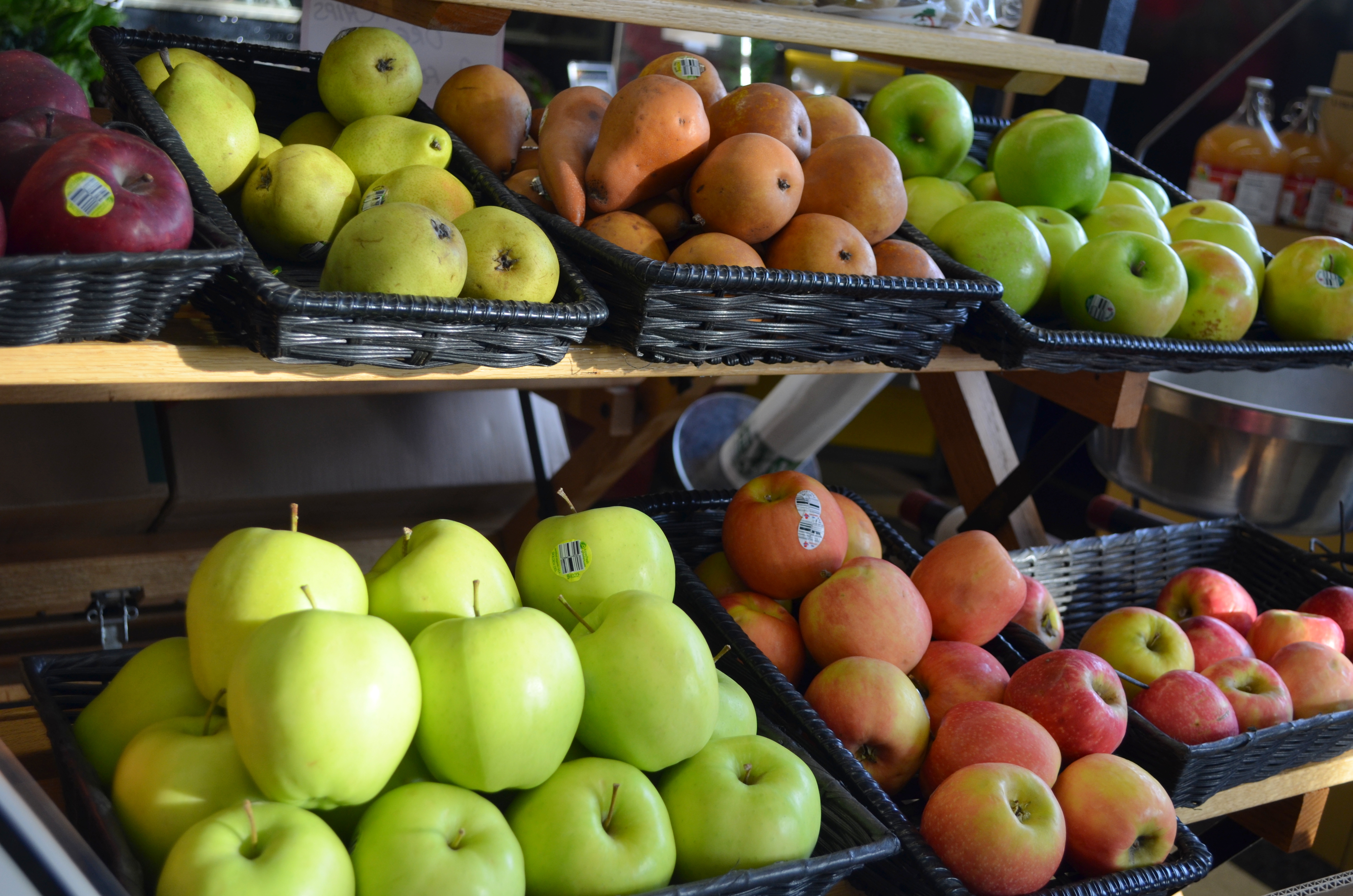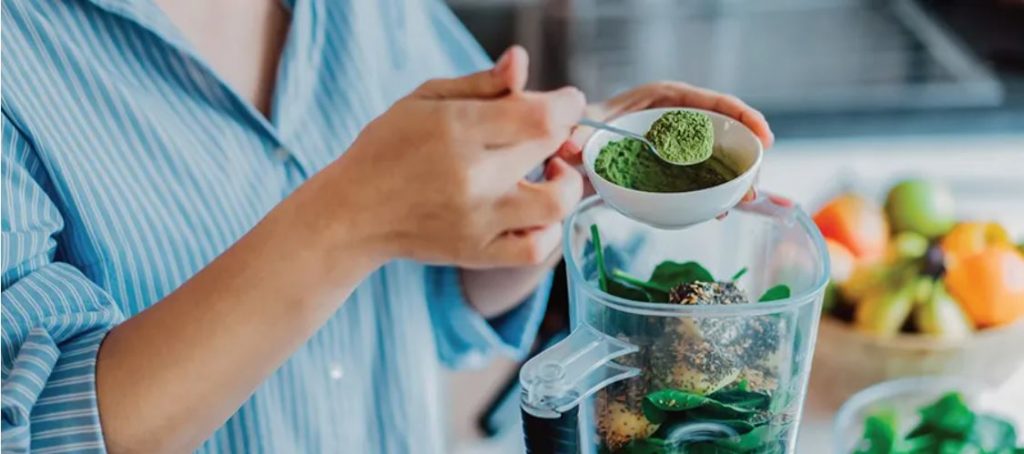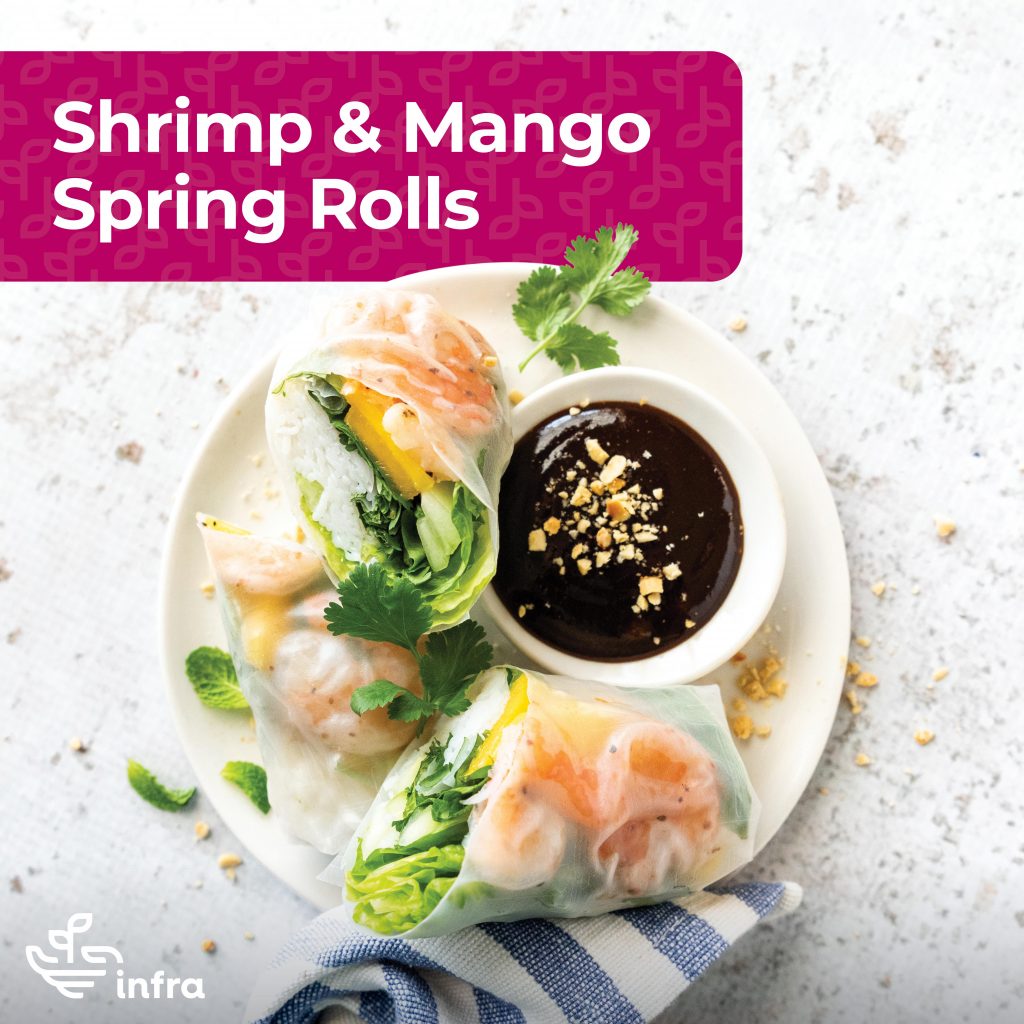
We’ve all had it happen to us. We get excited when we are in the produce department and we buy lots of produce to make great meals for the rest of the week.
We bring our bounty home and put everything away. Then the breakdown begins. Your berries go moldy or get shriveled, your tomatoes get soft on the bottom, your lettuce gets wilted, or your broccoli becomes rubbery.
Why is this?
There is a good chance you aren’t storing your fruits and vegetables properly. You are not alone; many people have the same problem.
The fact is, many of us were never shown how to get the best value and life from the produce we buy, and those of us that do know this might not know why good produce practices work in the first place.
Don’t fret; there is help out there. Here are some tips to use that will get you started:
Some produce should be stored in the fridge and others should be stored on the counter. Just knowing this can make a huge difference.
Let’s start with the counter:
Produce such as apricots, avocados, bananas, kiwi, mangos, nectarines, papayas, peaches, pears, pineapple, plums and tomatoes all are best outside the fridge. This is because these items are sensitive to chill-injury, dehydration, internal browning and flavor loss if stored in the refrigerator.
There is an exception on some of these items such as avocadoes or kiwis. They can be stored in the fridge for a short time but ONLY AFTER they are ripe.
A couple of other tips for tomatoes: Store them in a dry place between 55 and 65 degrees, out of direct sunlight. If possible, store them with the stems attached. To keep ripe tomatoes from going bad and have them stay fresh a lot longer, store them stem-end-down rather than stemp-end-up.
Others that are better out of the fridge but not on the counter are: garlic, onions, potatoes, shallots, sweet potatoes and winter squash. These like to be kept at a cool room temperature(not COLD) and away from the light.
Now for in the fridge:
There are some rules about this as well. Some items are sensitive to chill-injury and should be kept in the front of your fridge, as it tends to be a bit warmer there (around 37 degrees). These items include: berries, citrus, corn, melons and peas.
Other fruits such as apples, cherries and grapes can be stored just about anywhere in the fridge, as they are less susceptible to chill-injury. One thing to note is not to store them near leafy vegetables, as the ethylene gas the leafy vegetables let off can wilt or ripen these fruits too quickly.
Lots of produce items need a bit of humidity to stay at their peak and that is where your crisper drawer comes in handy.
Vegetables like artichokes, asparagus, beets, broccoli, cabbage, carrots, cauliflower, celery, chiles, cucumbers, eggplant, fresh herbs, green beans, leafy greens, leeks and lettuce all do much better in the crisper drawer.
Reference: Fresh Perspectives, April 2013; How to Keep Produce Fresher Longer, Keith Dresser, Cooks Illustrated July/August 2008.


